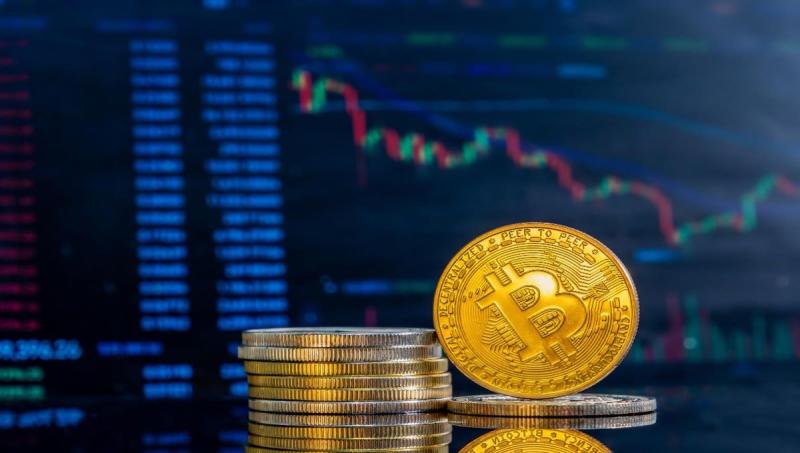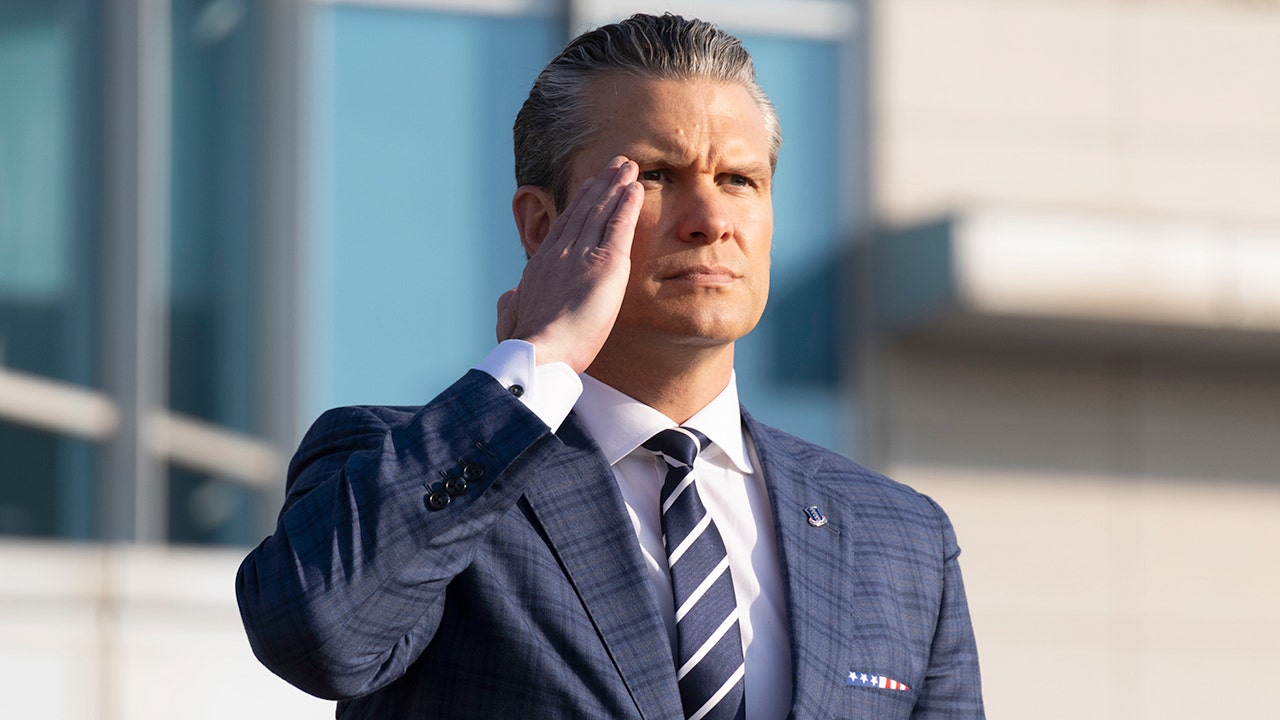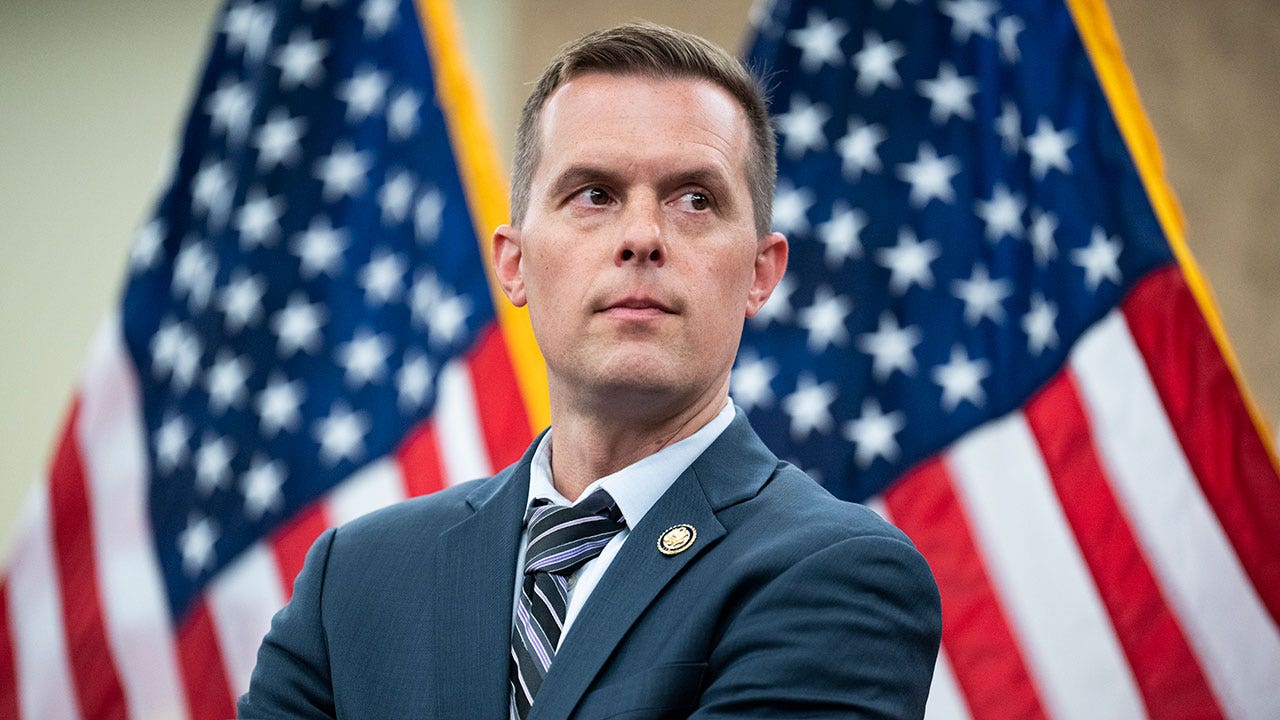News
How a Major Democratic Law Firm Ended Up Bowing to Trump

Since President Trump’s first term, Brad S. Karp, the chairman of the law firm Paul, Weiss, Rifkind, Wharton & Garrison, championed himself as a bulwark against what he saw as an unlawful and unpredictable presidency.
Mr. Karp, who has a long history of fund-raising for Democrats, sought to unite major law firms in “a call to arms” to fight Mr. Trump in court on issues like his administration’s policy of separating migrant children from their parents. He publicly said lawyers were obligated to defend the rule of law.
He hosted a “Lawyers for Biden” fund-raiser in 2023, and one of his top partners prepared Vice President Kamala Harris for her debates with Mr. Trump.
So it was not surprising that Mr. Trump targeted Paul Weiss with an executive order last week that created a potential existential threat for the firm, although the order was legally dubious and undercut fundamental principles of the justice system. In response, Mr. Karp began discussions with another big firm about presenting a unified and bipartisan front and challenging the order in court.
But on Wednesday, Mr. Karp walked into the Oval Office around 8:30 a.m., leaving behind the adversarial approach.
Now, he wanted to make a deal.
A day later, Mr. Trump announced that Mr. Karp had agreed to pledge $40 million in pro bono legal services to issues the president has championed, including a task force being run by the Justice Department aimed at combating antisemitism “and other mutually agreed projects.”
The White House said the firm had committed to stop using diversity, equity and inclusion policies. And Mr. Trump said Mr. Karp had acknowledged to him that a former partner of the firm who had worked as a prosecutor in Manhattan and had pushed for Mr. Trump to be charged criminally had committed “wrongdoing.” These assertions appear inconsistent with a copy of the statement that Mr. Karp shared with his firm.
In deciding to bend to Mr. Trump, Mr. Karp likely saved his law firm, which had $2.63 billion in revenue last year and represents corporate clients like Exxon Mobil and Apollo Global Management, from hemorrhaging clients and lawyers.
But in doing so, Mr. Karp, who had positioned himself as a spokesman and advocate for the legal profession, left other firms even more vulnerable to Mr. Trump’s retribution campaign by demonstrating that his intimidation tactics could lead even a powerhouse like Paul Weiss to make public concessions, according to interviews with lawyers at other firms and legal experts.
In fact, a White House official said on Friday that despite the deal reached with Paul Weiss, Mr. Trump would continue to target law firms with executive orders, including some the president could sign as early as next week.
In the Oval Office on Friday, Mr. Trump asserted that law firms “did bad things” and had attacked him “ruthlessly, violently, illegally.” But now, he said, they “want to make deals.”
Mr. Karp’s decision left many in the legal world, including some in his own firm, reeling, concerned that other firms would now face a choice between bowing to Mr. Trump or abandoning their principles or political beliefs to avoid financial calamity.
Before reaching the deal, Mr. Karp, who has led Paul Weiss for nearly two decades, talked to some of the firm’s 200 partners to weigh their options, according to three people with knowledge of the matter. The group decided to seek a meeting with Mr. Trump to try and reach a deal, rather than engage in what could be a drawn-out legal battle, the people said. Those people and others who spoke for this story did so on the condition of anonymity to talk about discussions that were supposed to remain private.
Some of the firm’s corporate partners were particularly adamant that the firm should not sue the administration, the people said. That put them at odds with other partners who work on high-profile litigation and had been arguing that the firm should fight, some of whom expressed displeasure internally on Friday that Mr. Karp had settled, according to four people familiar with the matter.
The deal, while supported by the vast majority of the firm’s partners, also drew swift condemnation from lawyers outside the firm and critics of Mr. Trump.
And while many of the firm’s clients were relieved by the deal, some senior lawyers at large financial institutions began to privately express dismay, two people with knowledge of the matter said. Some of these lawyers suggested they would consider pulling business from the firm.
Mr. Trump has put law firms at the center of his efforts to seek revenge against enemies real and perceived, especially those linked to any efforts to investigate him or hold him legally accountable.
Before targeting Paul Weiss, Mr. Trump had issued executive orders imposing penalties on two other firms, Covington & Burling and Perkins Coie. Last week a federal judge barred the order against Perkins Coie from going into effect on the grounds that it would likely be found to be illegal.
Many within the legal community had hoped that Mr. Karp, with his firm’s resources, would fight Mr. Trump in court as aggressively as did Perkins Coie, which was targeted by a nearly identical executive order earlier this month.
Paul Weiss employs many prominent Democrats and has expressed pride in its long history at the forefront of the fight for civil rights. It has trumpeted how it was the first major New York City firm to have Jewish and non-Jewish lawyers working alongside each other, to hire a Black associate and to have a female partner.
According to two people briefed on the matter, it initially appeared that Mr. Karp was headed down the path of suing Mr. Trump’s administration.
Last week, a federal judge in Washington temporarily barred enforcement of the executive order Mr. Trump had directed at Perkins Coie, saying, “It sends little chills down my spine” to hear arguments that a president can punish individuals and companies like this.
The judge’s decision relieved many in the legal community by suggesting that the courts would serve as a check against Mr. Trump and that the big firms would not have to confront him directly.
But two days after that decision, Mr. Trump signed a nearly identical executive order against Paul Weiss. That action deeply unnerved the big firms by showing that Mr. Trump would not be deterred by the courts. And it demonstrated that he was willing to try to target firms that had years-old ties to lawyers on his enemies list, like Mark F. Pomerantz, a former Paul Weiss partner. Mr. Pomerantz had tried to build a criminal case against Mr. Trump several years ago while working at the Manhattan district attorney’s office.
The executive order against Paul Weiss barred the firm from dealing with the government and suggested that clients of the firm could lose their government contracts. Those provisions were intended to drive business away from Paul Weiss, which employs more than 1,000 lawyers and has offices around the world.
Last Saturday and Sunday, Mr. Karp began discussions with William Burck, the co-managing partner of the law firm Quinn Emanuel Urquhart & Sullivan, about Mr. Burck joining Paul Weiss in bringing a court challenge against Mr. Trump’s order, people familiar with the talks said.
The discussions with Mr. Burck were notable given that Mr. Burck is one of the few lawyers at a major firm that represents the Trump Organization. He has also helped some of Mr. Trump’s nominees through their confirmation process. And bringing Paul Weiss together with Quinn Emanuel would signal to the industry that firms across the partisan divide were coming together to address what they saw as an all-out assault on their business.
Earlier this month, Mr. Burck declined to represent Perkins Coie, believing that it was not worth taking on Mr. Trump to help that firm. But with Mr. Trump undeterred by the judge’s ruling in the Perkins Coie case and moving against another firm, Mr. Burck agreed to help Paul Weiss and put his firm’s name on the suit against Mr. Trump.
At the same time, Mr. Karp weighed another possibility. With the help of Mr. Burck and other Trump-friendly contacts Mr. Karp had in the business world, Mr. Karp sought to determine whether it would be possible to cut a deal with Mr. Trump to resolve his firm’s problems.
Mr. Karp, whose firm has represented the N.F.L., had the New England Patriots owner Robert Kraft, an ally of Mr. Trump’s, reach out to the president.
Mr. Burck began working the phones to the White House, reaching out to officials to signal that Mr. Karp was open to making a deal. During those conversations, Mr. Burck concluded that one of the White House’s biggest issues with Paul Weiss and other big firms was that they had refused to represent clients like Mr. Trump on the right — especially after the Jan. 6, 2021 assault on the Capitol — whom they viewed as politically unsavory.
Mr. Burck relayed to the White House that Paul Weiss was willing to make some sort of public statement that they would represent clients no matter their political views.
Two days later, Mr. Trump called Mr. Karp and invited him to come to the White House. The following day, Mr. Karp went to visit Mr. Trump, where they met in the Oval Office for three hours. Mr. Trump’s adviser on negotiations, Steve Witkoff, joined the meeting, which was cordial, and both sides believed they had a potential framework for a deal.
At the same time, there was pressure on Mr. Karp. The lawyers at his firm who were preparing to sue Mr. Trump wanted to go to court as soon as possible, concerned that a judge might not give them a temporary restraining order because they waited too long.
In the day that followed, proposed language went back and forth between the White House, Mr. Burck and Mr. Karp.
Pursuing a deal represented a stark shift for Mr. Karp, who until recently was helping to marshal support for Perkins Coie. Mr. Karp was among the prominent lawyers working behind the scenes to persuade other law firms to sign a friend of the court brief on behalf of Perkins Coie, according to four people with knowledge of the matter. It is now unclear whether the brief — which was drafted by Donald B. Verrilli Jr., a solicitor general during the Obama administration and a partner at Munger Tolles & Olson — will be filed.
The ordeal with Mr. Trump came at a personally trying time for Mr. Karp, who had suffered a heart attack just a few months earlier and was still easing his way back into his normally frenetic work schedule of nonstop meetings and client calls.
On Thursday evening, Mr. Karp sent a firm-wide email justifying the decision, writing that he had really just “reaffirmed” the firm’s statement of principles outlined in 1963 by one of Paul Weiss’s original named partners, Judge Simon H. Rifkind.
“Thank you all for your patience during this time,” Mr. Karp told the staff at the firm. “With this behind us, we can devote our complete focus — as we always do — to our clients, our work, our colleagues and our firm.”
But it was a bitter pill for some to swallow as lawyers knew the outside world would view the deal as capitulating to Mr. Trump, especially at a time when other institutions, like universities and media companies, have begun to settle with Mr. Trump rather than fight, infuriating and demoralizing Mr. Trump’s critics.
George Conway, a conservative lawyer and frequent critic of Mr. Trump, posted on social media, “This Paul Weiss capitulation is the most disgraceful action by a major law firm in my lifetime, so appalling that I couldn’t believe it at first.”
By the time Mr. Trump made his announcement on Thursday, there were already signs that Paul Weiss had been burned in making a deal with Mr. Trump.
The copy of the agreement that Mr. Karp shared with Paul Weiss differed in some ways from Mr. Trump’s characterization of the deal in a post on his social media platform, Truth Social.
Although Mr. Trump said the law firm had specifically agreed to not follow any diversity, equity and inclusion policies in its hiring practices, there is no reference to D.E.I. in the agreement that Mr. Karp shared. Mr. Trump has mounted an aggressive campaign against diversity initiatives in the federal government, labeling it as a form of workplace discrimination.
There also was no mention of Mr. Pomerantz, the former Paul Weiss partner, in the copy of the agreement circulated by Mr. Karp. Five people briefed on the matter said Mr. Karp said he did not criticize Mr. Pomerantz with the president, in spite of Mr. Trump’s assertion to the contrary.
In a statement issued on Thursday evening, Mr. Pomerantz denied he had done anything wrong.
Jonah E. Bromwich and William K. Rashbaum and Tyler Pager contributed reporting, and Sheelagh McNeill contributed research.

News
Video: The Decline of America’s Largest Environmental Organization

new video loaded: The Decline of America’s Largest Environmental Organization
By David A. Fahrenthold, Leila Medina, Karen Hanley, Laura Bult, Joey Sendaydiego, Christina Thornell, Zach Wood and Jon Miller
November 7, 2025
News
2 Joint Base Andrews buildings evacuated after suspicious package opened, base says
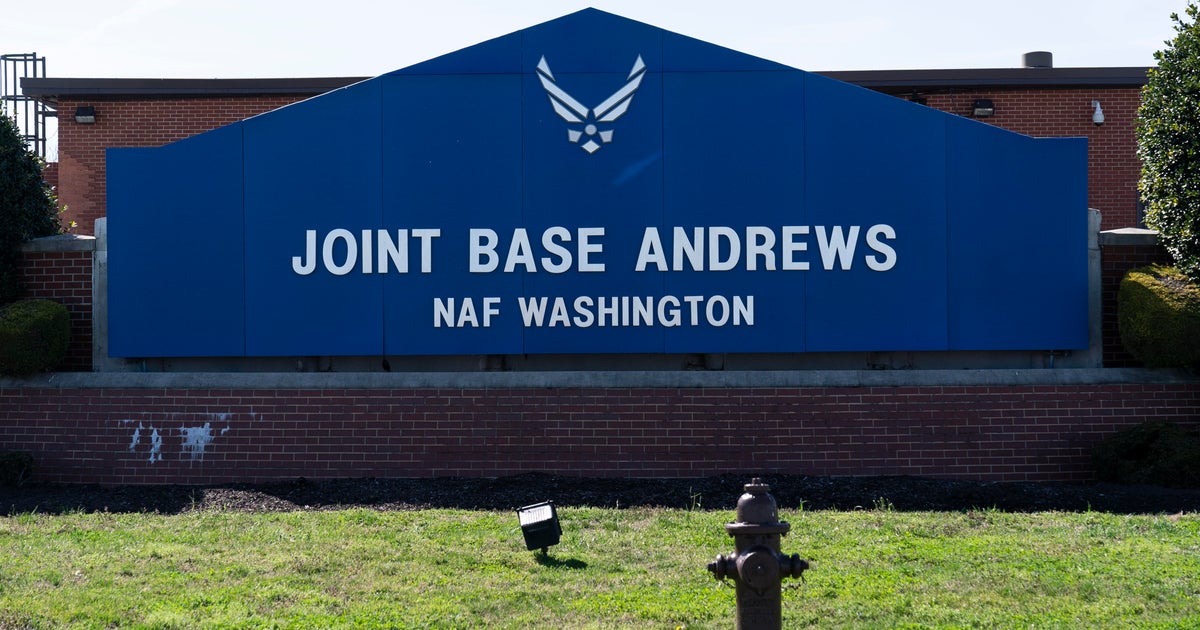
Two buildings on Joint Base Andrews were evacuated Thursday after someone opened a suspicious package in one of them, a base spokesperson told CBS News.
The spokesperson said that at about 1:00 p.m. EST, the building and one connected to it were evacuated “as a precaution,” adding that “a cordon was established around the area.
“Joint Base Andrews first responders were dispatched to the scene, determined there were no immediate threats, and have turned the scene over to Office of Special Investigations. An investigation is currently ongoing.”
The base, in Prince George’s County, Maryland, is the home base of Air Force One.
News
End of The Line: how Saudi Arabia’s Neom dream unravelled

Executives raised myriad questions with management. From the outset, “we did a fair amount of warnings to make sure that the leadership, especially at the board level, were aware of these risks”, said the senior executive.
Where would the 9mn people due to populate The Line come from? How quickly could they be reasonably expected to arrive? Could construction and manufacturing start quickly enough? Would the levels of imports required overheat the economy? What if oil prices sank, drying up Saudi Arabia’s key source of revenue? What if the necessary materials could not be found? And did the Gulf nation really have the scientific and technical expertise to execute such a vast scheme?
Yet the pressure to deliver was relentless. The board expected the chief executive to “move things very quickly”, said the senior executive. “Dates had been given to the crown prince about what was achievable, but without the detail of knowing how it could be done,” said the senior design manager. When those dates were made public, there would be a loss of face if they weren’t met. “That’s where tensions grew.”
Staff were “being put into a position of effectively having to lie about the timescales and the cost of delivering the vision”, they added.
What remains
The Line — or at least its beginnings — can already be seen from space. Satellite imagery shows excavation and tunnelling work for the railway system, the “spine” connecting The Line to Neom International Airport, stretching for 150km — from the coast into the Hejaz mountains.
In a valley between two mountain ranges, levelling work is evident for the airport and its runways. “In true Neom fashion, there’s a mountain at the end of the runway that had to be blown up,” said the senior architect. Construction work has now stopped on both the spine and the airport. No new target for the airport has been set.
The foundations for The Line’s first modules — perhaps the largest piles ever laid by man — are also visible, waiting to support the world’s largest occupied building, if it ever arrives. The village of Qayal, which was a few kilometres from the “hidden marina”, has been razed. Fifteen members of the Huwaitat tribe who protested against their eviction were sent to prison, some for up to 50 years, and three others were sentenced to death, according to human rights observers.
At the marina, excavations by late last year had dug out 100mn cubic metres of soil, the equivalent of 40 Great Pyramids of Giza. Ships will access it via a canal leading more than a kilometre inland from the coast.
The chandelier, the upside-down office building hanging from the giant arch above the marina, remains in the plans. But Neom no longer intends to base its headquarters there. Neom’s deputy chief executive Rayan Fayez acknowledged last month that the project’s budget “evolves every day”, adding that it was a good point to “reassess what worked and what hasn’t worked”.
With the goal now to build just three of the 20 modules originally planned, the ambition for The Line’s first phase is a faint echo of what it once was. One person familiar with the project said work had effectively stopped, with efforts now focused on completing a few small buildings around the marina. Some of the earlier piling work has been covered with sand.
“I think as a thought experiment, great,” said one urban planning expert who works in Saudi Arabia. “But don’t build thought experiments.”
-
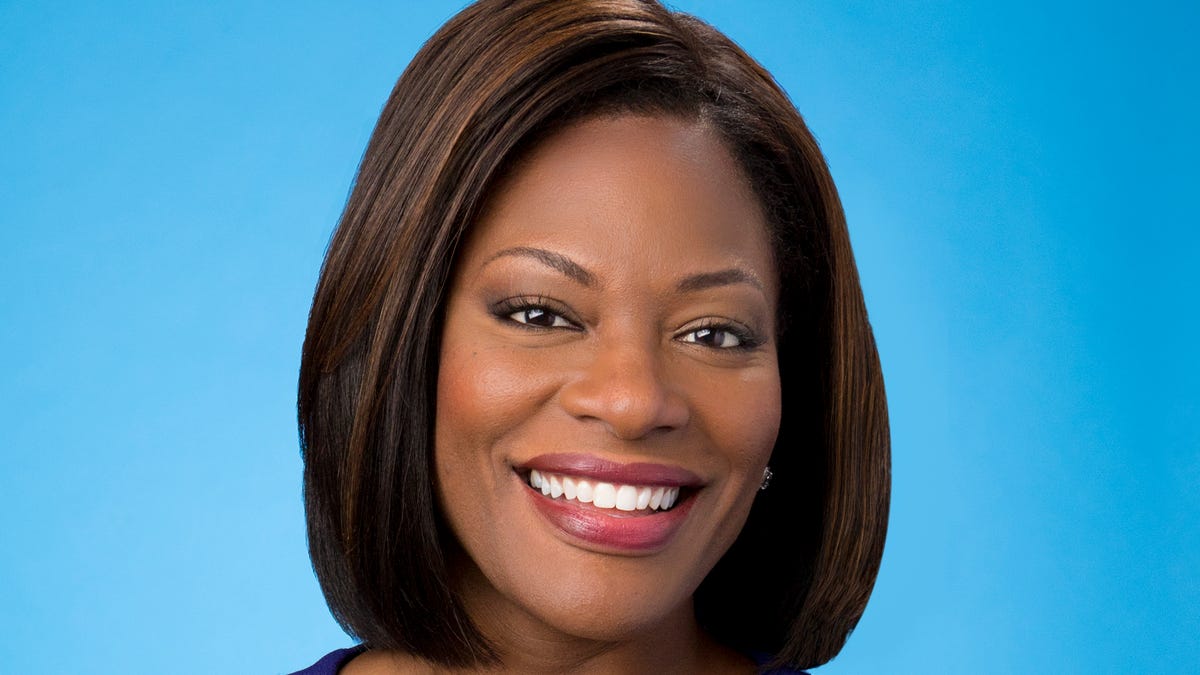
 Milwaukee, WI1 week ago
Milwaukee, WI1 week agoLongtime anchor Shannon Sims is leaving Milwaukee’s WTMJ-TV (Channel 4)
-

 Culture1 week ago
Culture1 week agoVideo: Dissecting Three Stephen King Adaptations
-

 Austin, TX1 day ago
Austin, TX1 day agoHalf-naked woman was allegedly tortured and chained in Texas backyard for months by five ‘friends’ who didn’t ‘like her anymore’
-

 Seattle, WA1 week ago
Seattle, WA1 week agoFOX 13’s Aaron Levine wins back-to-back Jeopardy! episodes
-

 Seattle, WA5 days ago
Seattle, WA5 days agoESPN scoop adds another intriguing name to Seahawks chatter before NFL trade deadline
-

 Education1 week ago
Education1 week agoOpinion | New York City Mayoral Candidates: Who Would Be Best?
-

 San Diego, CA1 week ago
San Diego, CA1 week agoAdd Nick Hundley, Ruben Niebla to list of Padres’ managerial finalists
-
Business1 week ago
Disneyland Resort lays off 100 people in Anaheim







